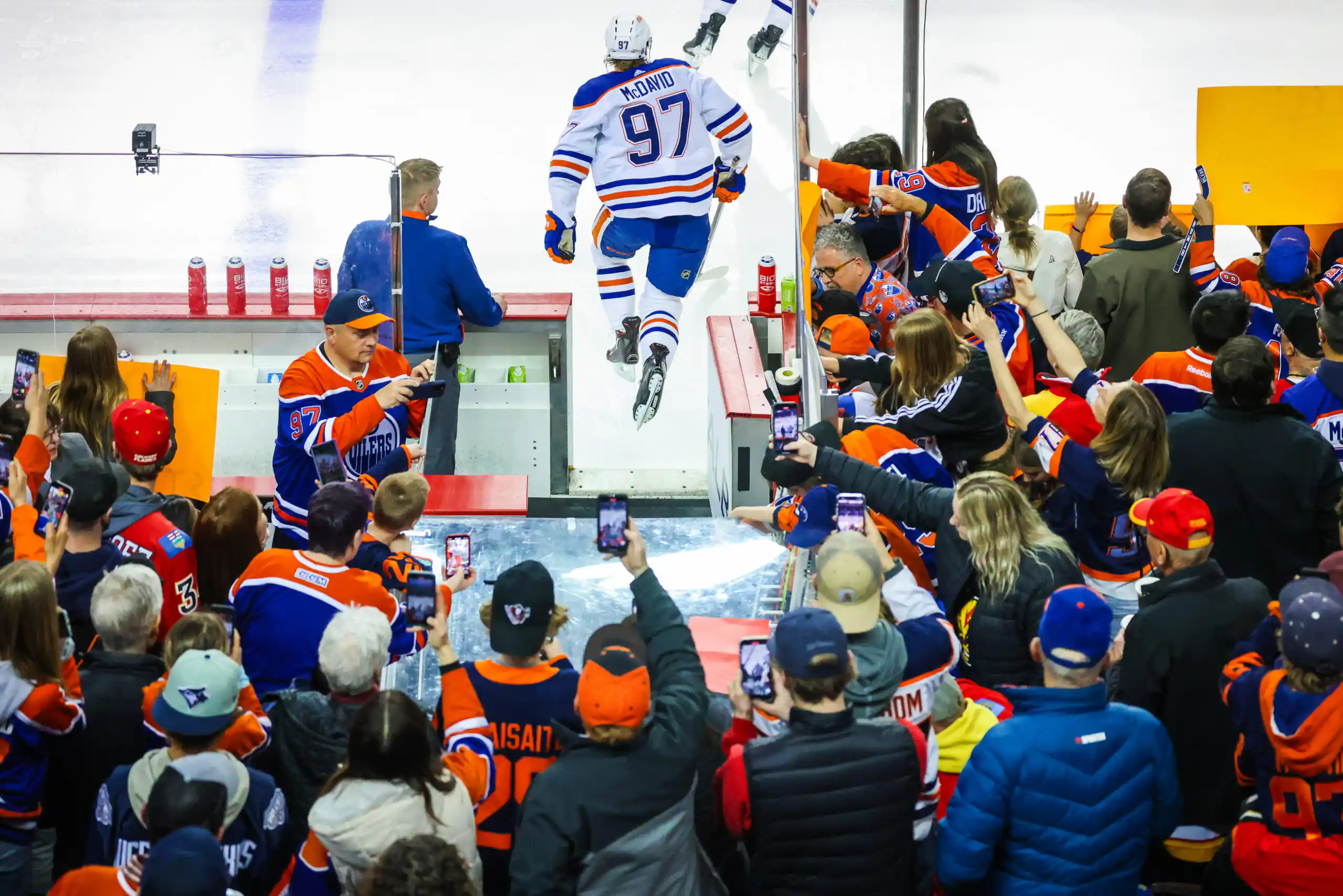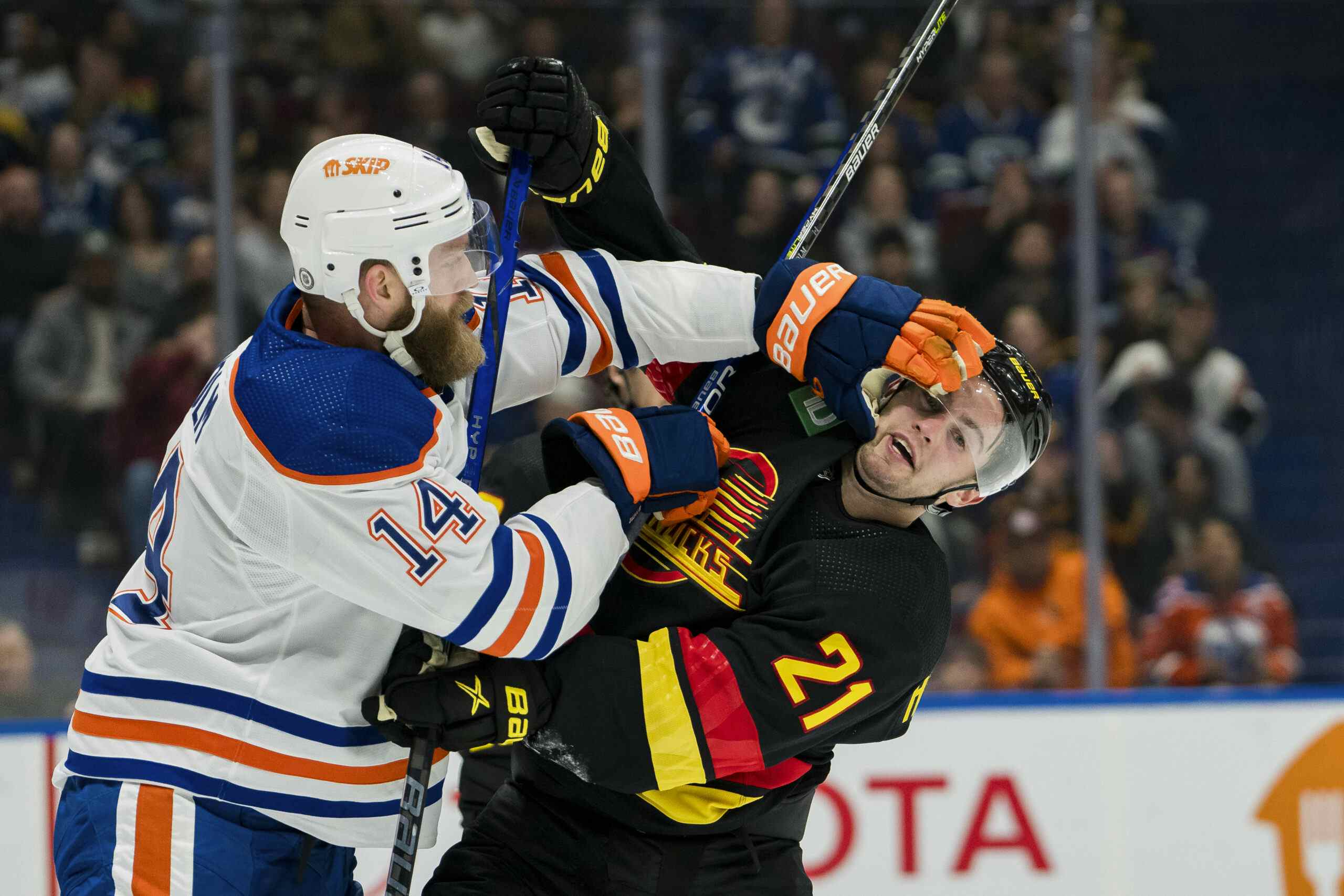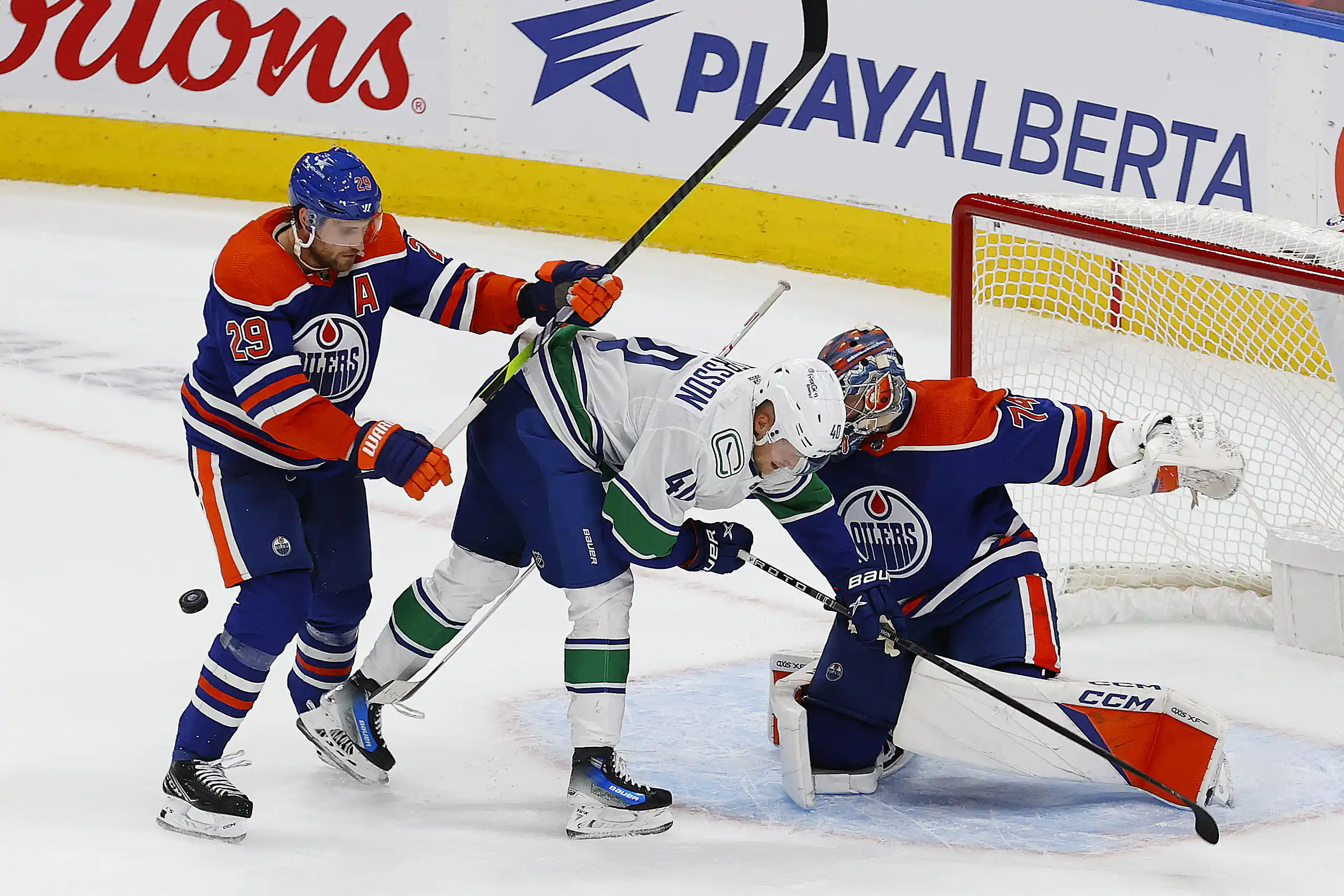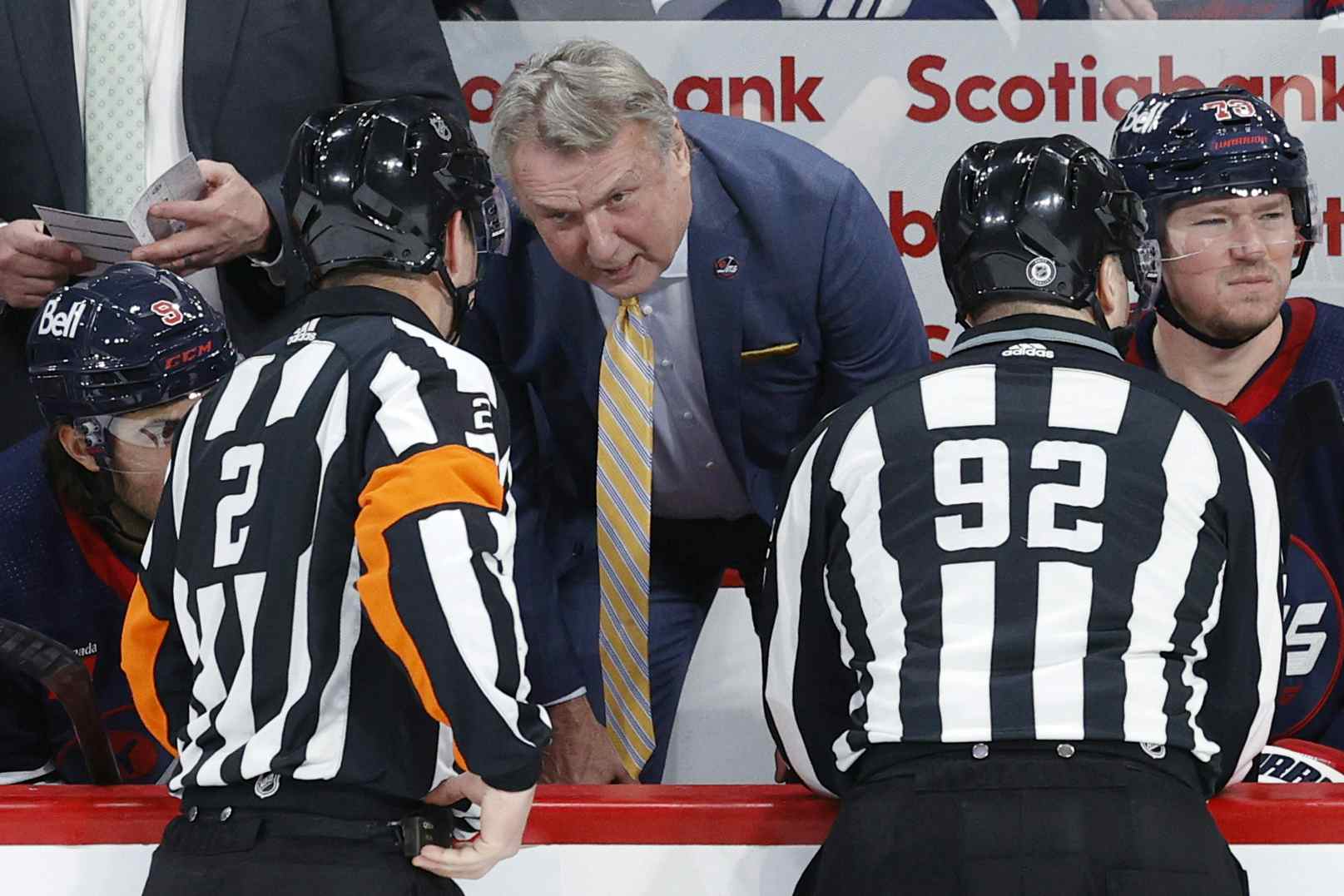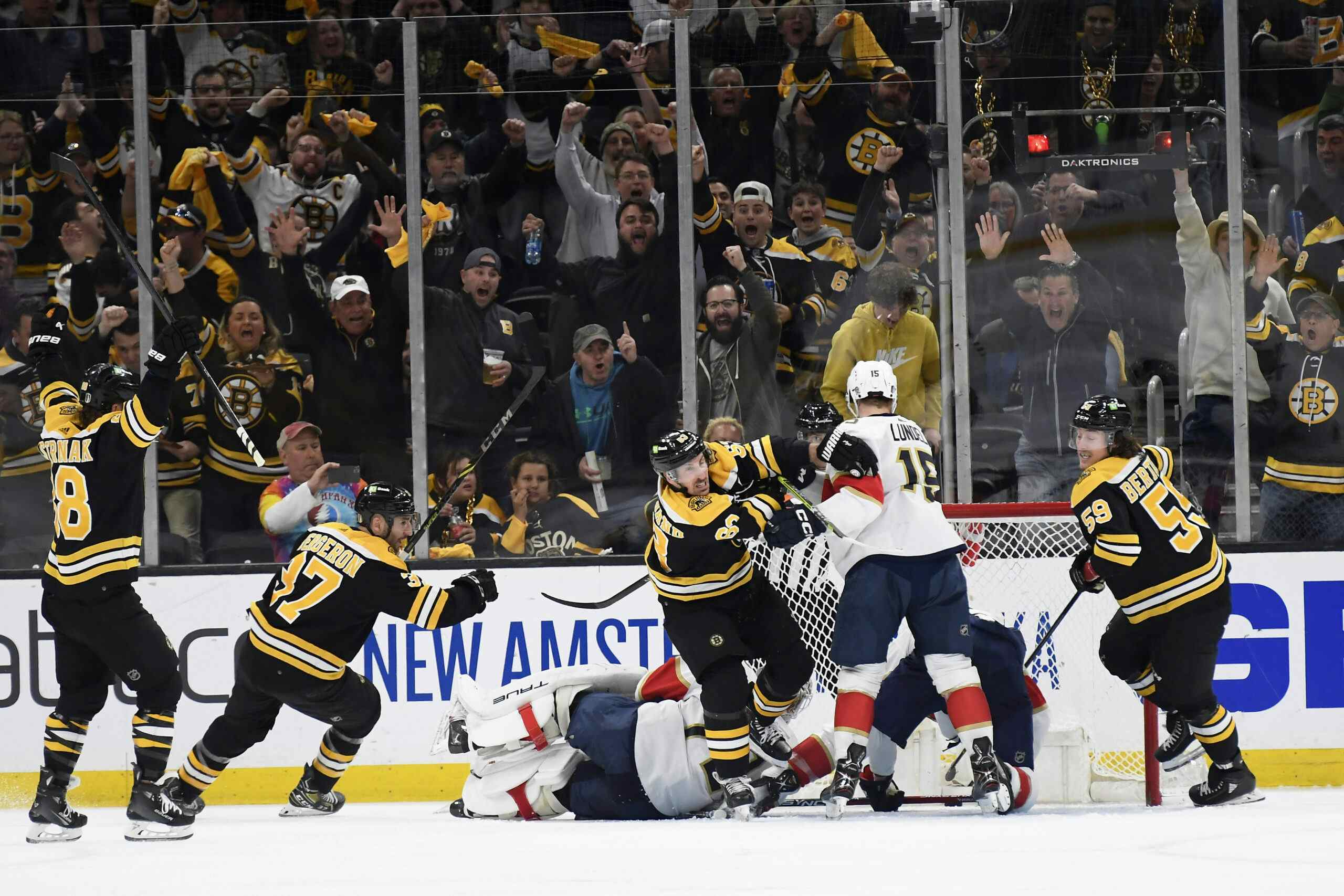Easier Said Than Done
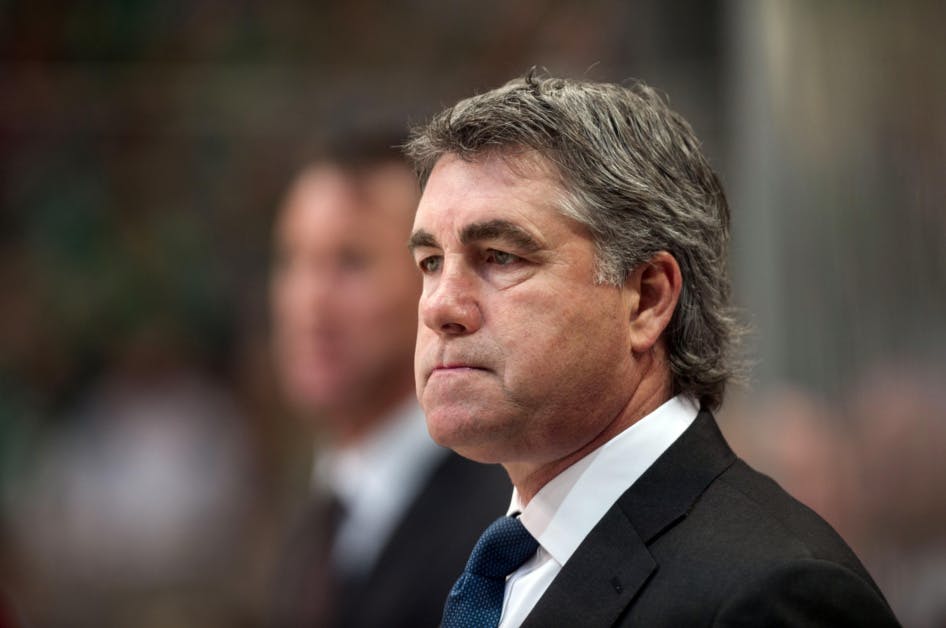
@Edmonton Oilers’ coach Dave Tippett pulled on his Captain Obvious cap Monday when he told reporters his team’s goals-against is going to have to get better if the Oilers expect to make the playoffs this season. Tippett could have said the exact same thing about goal differential. It’s not like they aren’t connected.
Simply put, and borrowing Tippett’s cap, teams have virtually no chance of making the playoffs unless they score more goals than they allow. Edmonton’s minus-42, based on 232 goals for and 274 goals against, last season left them with absolutely no sniff. For context, just three teams over the last five seasons have grabbed 80 available playoff spots in that span with a minus goal-differential — Ottawa (minus-2) pulled it off in 2016-17 and Philadelphia (minus-4) and Detroit (minus-13) managed it in 2015-16.
Can the Oilers score more goals this season to cut into that goal differential? Sure. They were 25th in that department last season — that was with @Leon Draisaitl scoring 50 and @Connor McDavid getting 41 — and if they can squeeze some more offence from their bottom — six forwards without Draisaitl and McDavid taking much of a dip, it’s possible. Likely? I’m not so sure.
Tippett’s take, and conventional wisdom, is that cutting down on goals allowed is the surest way to improve that goal differential. To do it, the Oilers will need far better years in goal from incumbent @Mikko Koskinen and 37-year-old newcomer @Mike Smith, and from their penalty killing, a dismal 30th (74.8) last season. Therein lies as direct a connection as you can get.
WHAT HE SAID

“You look at the goals against and that has to change,” Tippett said. “We could have three 50-goal scorers, and if we keep giving up goals like we were last year we’re not going to be a playoff team. That’s just a matter of fact. Our goals against is going to be a real priority.
“There will be nothing that takes away from the creativity, or letting the players do their thing, but there is going to be an extra onus on playing well in our own end. We’re still going to push for offence, but we have to play a stronger defensive game. That will be the focus in camp, because if we don’t get that number down, there will be lots of flair and nice goals, but not many in the playoffs.”
The thing is, that’s easier said than done. The goaltenders rely on the penalty killing in front of them and the penalty killers rely on the goaltending behind them. Like I said, they are as connected as you can get. Plus, it’s a chicken-and-egg thing. Good goaltending can mitigate bad penalty killing. Bad goaltending can scuttle even the best PK scheme. Both were wanting last season.
Koskinen finished last season with an overall save percentage of .906. Not good enough. He was .854 shorthanded, which is less than not good enough (ranked 55th of all goaltenders listed). Down the road in Calgary, Smith was .898 overall with the Flames during the regular season and was a hideous .824 (71st) shorthanded.
THE WAY I SEE IT

When the Oilers made the playoffs in 2016-17, they finished the season plus-35 in goal differential – they scored 247 goals and allowed 212. They don’t need to duplicate that margin, but the numbers these past five seasons tell us beyond a doubt they at least have to break even to have a chance in 2019-20. Can they?
A big chunk of that will fall to Koskinen, who will have to be better in his second full season, one in which he wore down in the final 30 games because he was used too much, and Smith, who was better for Calgary in the playoffs than he was in the regular season. We could see close to an even split between the two. Both of them need to be a lot better, especially shorthanded.
Easier said than done. Call me skeptical.
Previously by Robin Brownlee
Recent articles from Robin Brownlee

